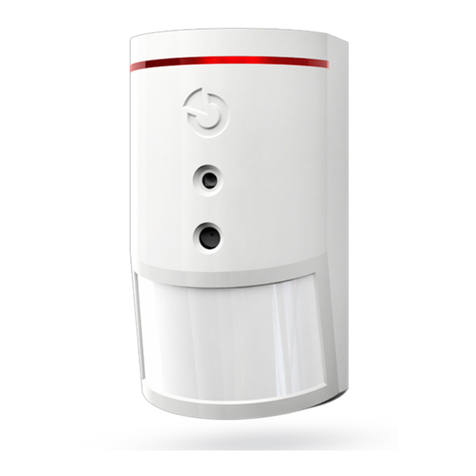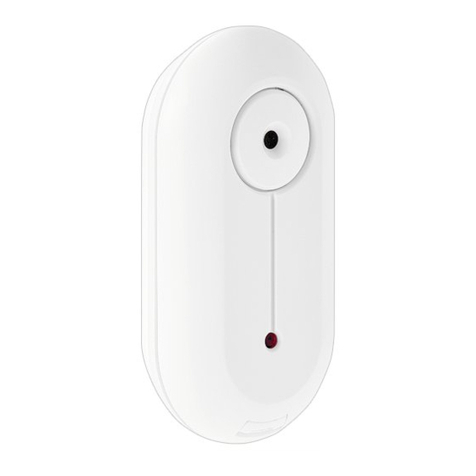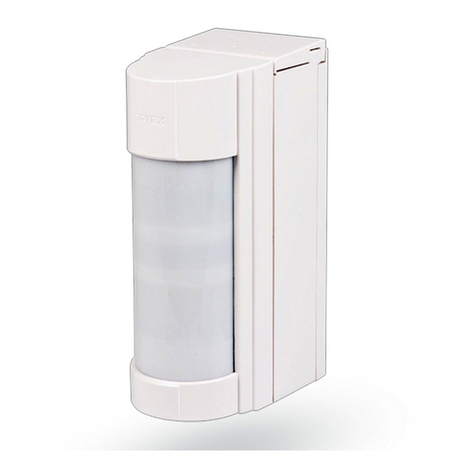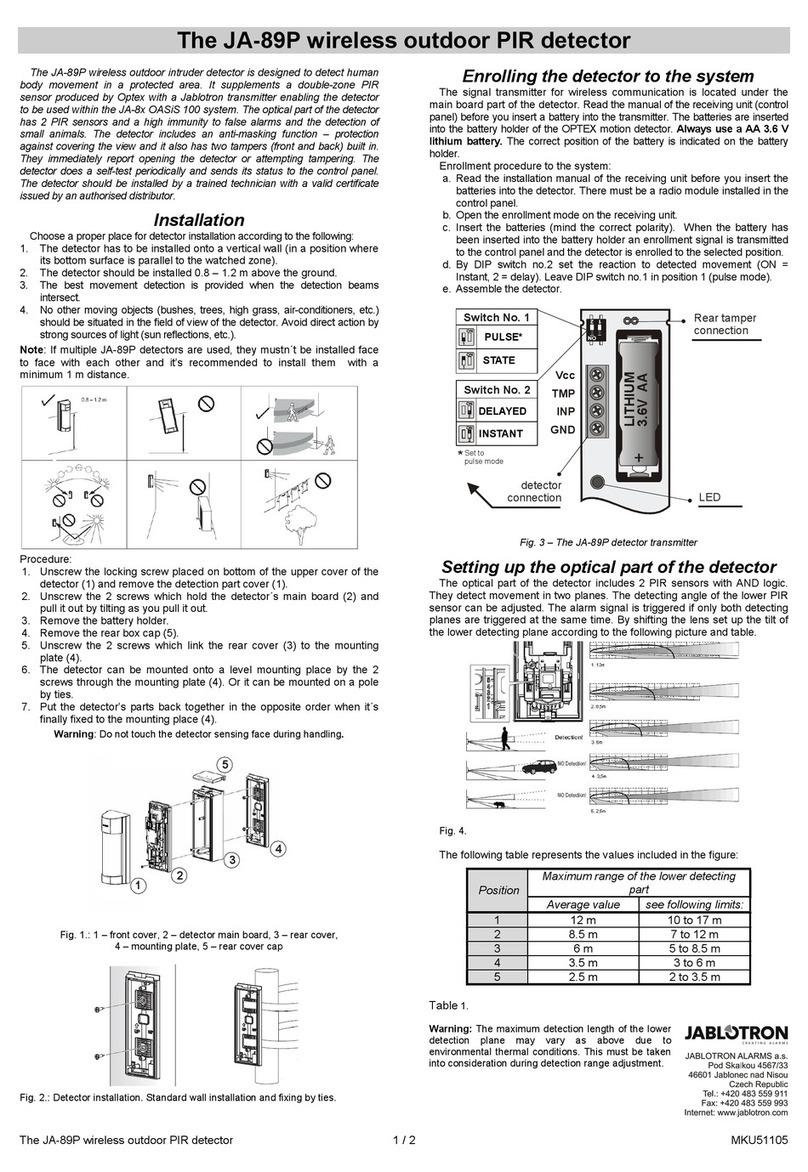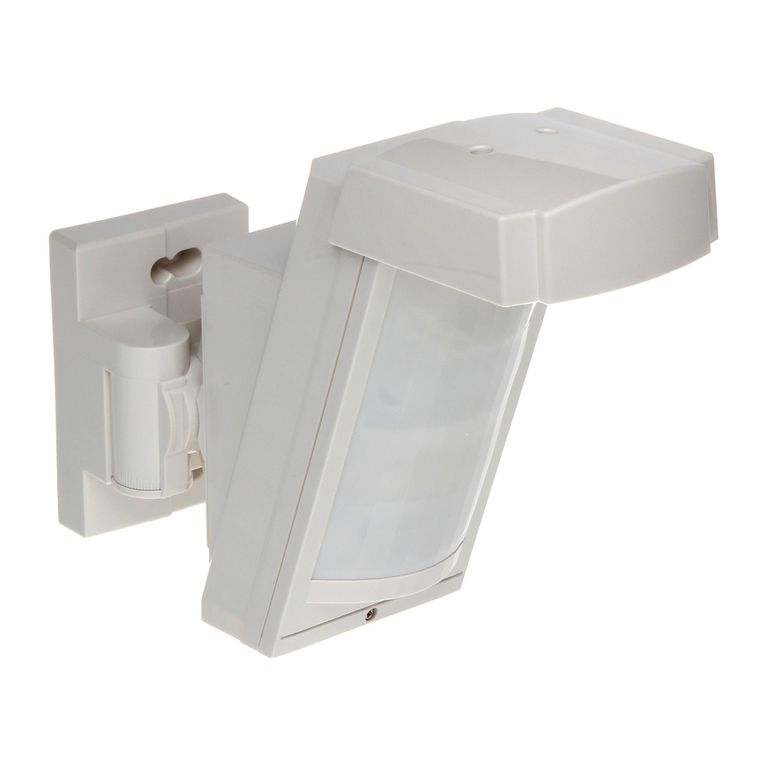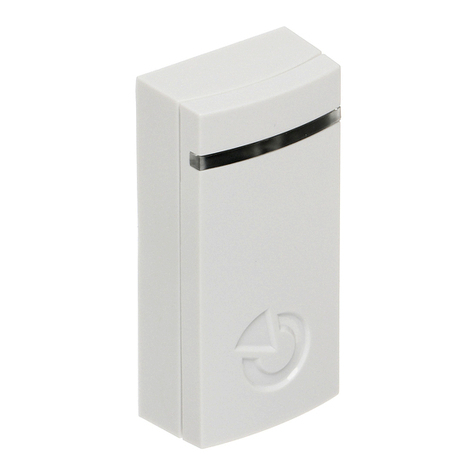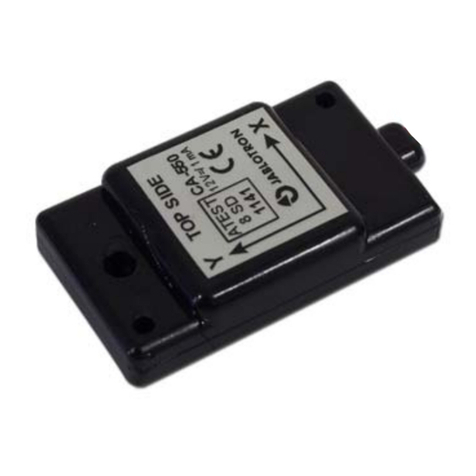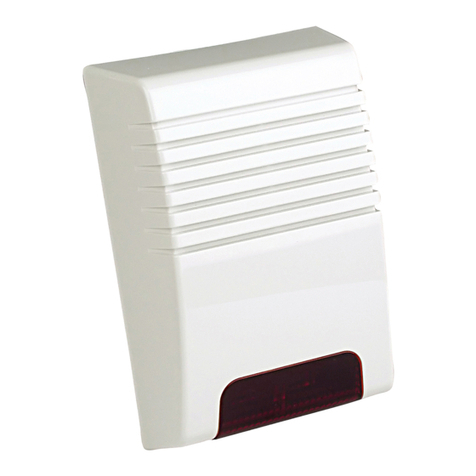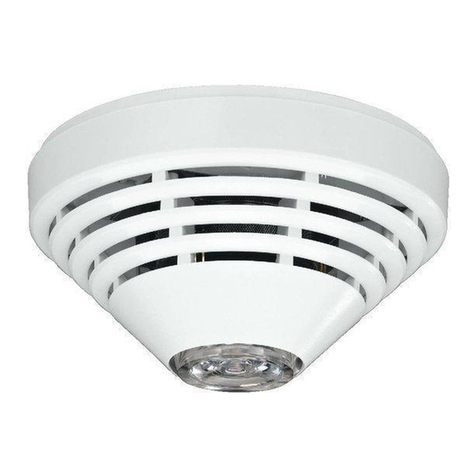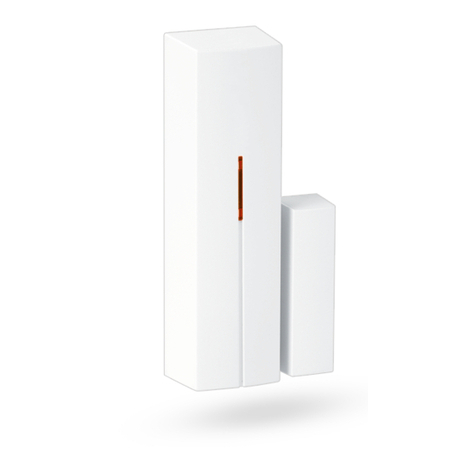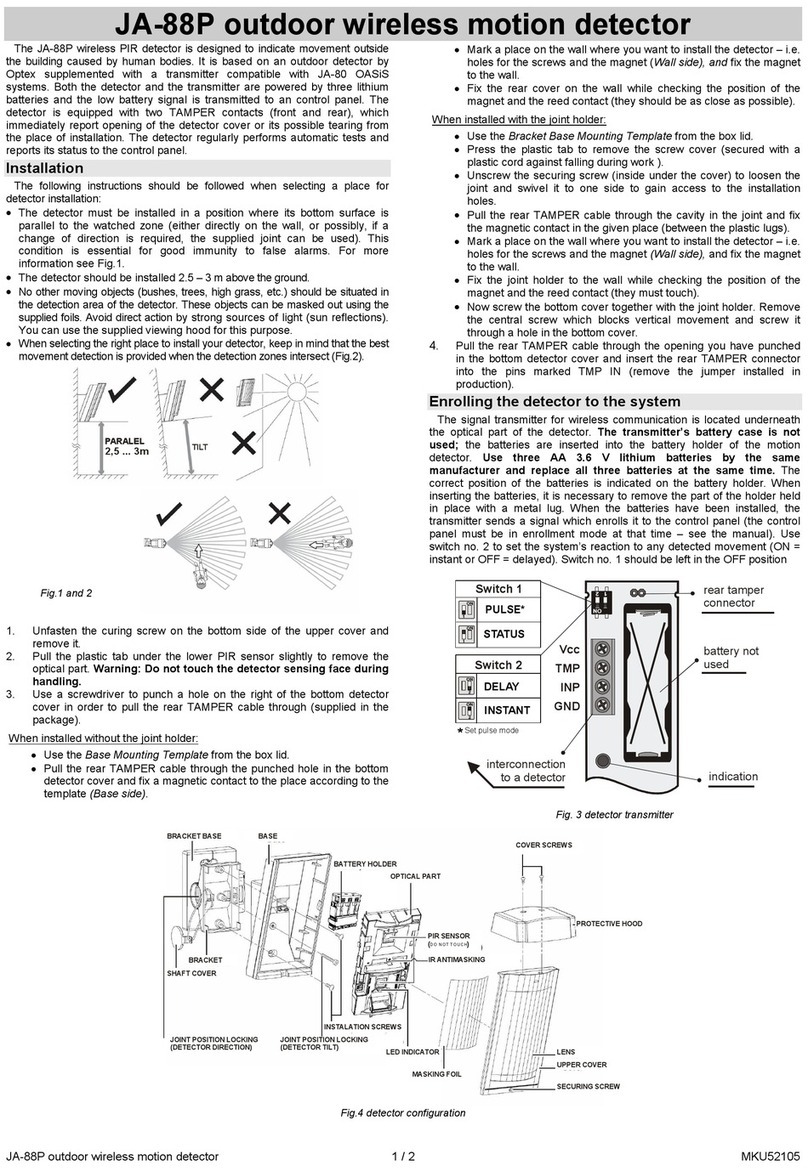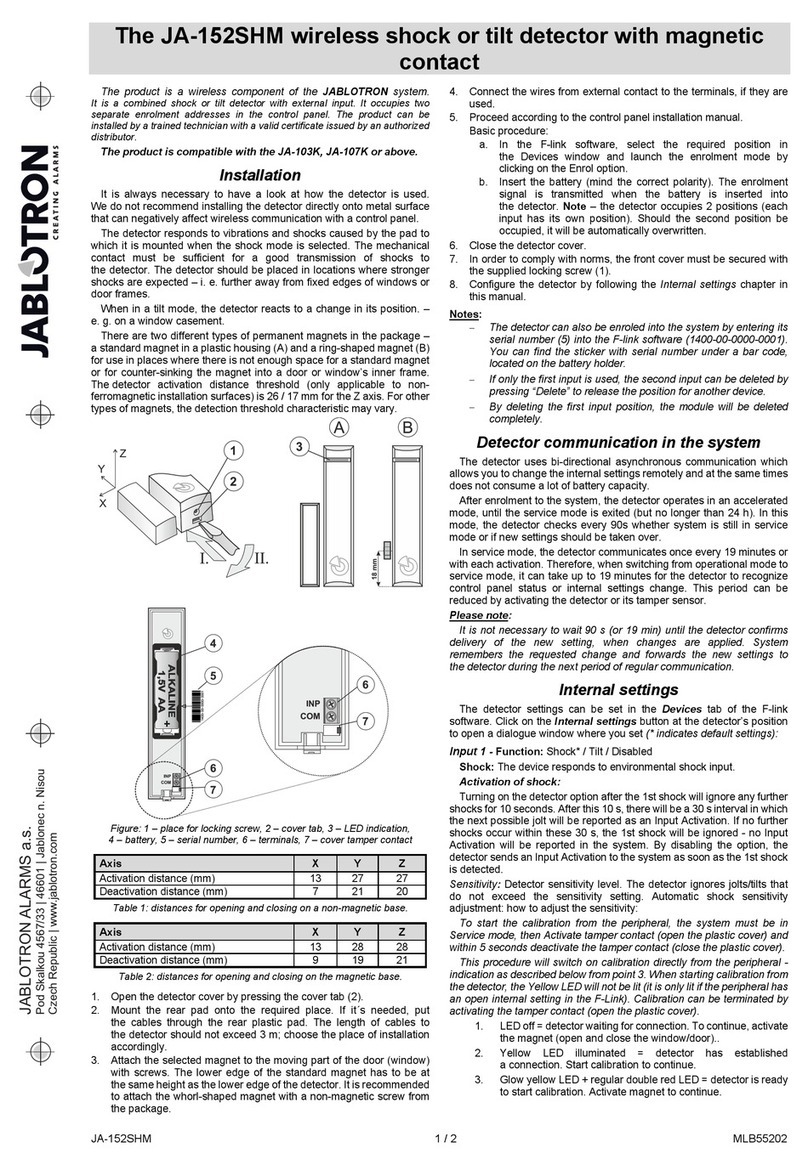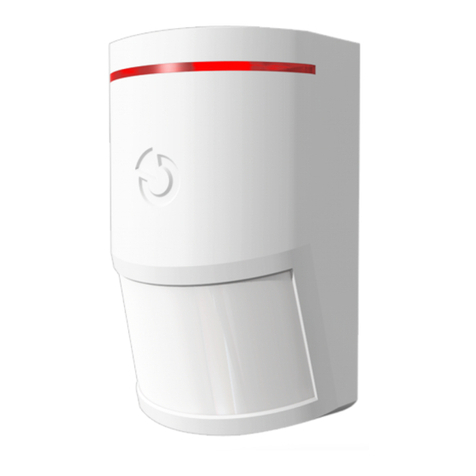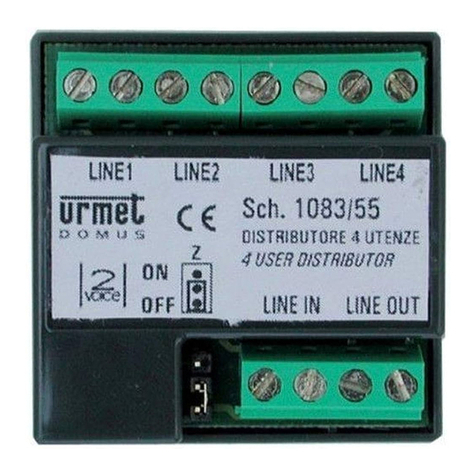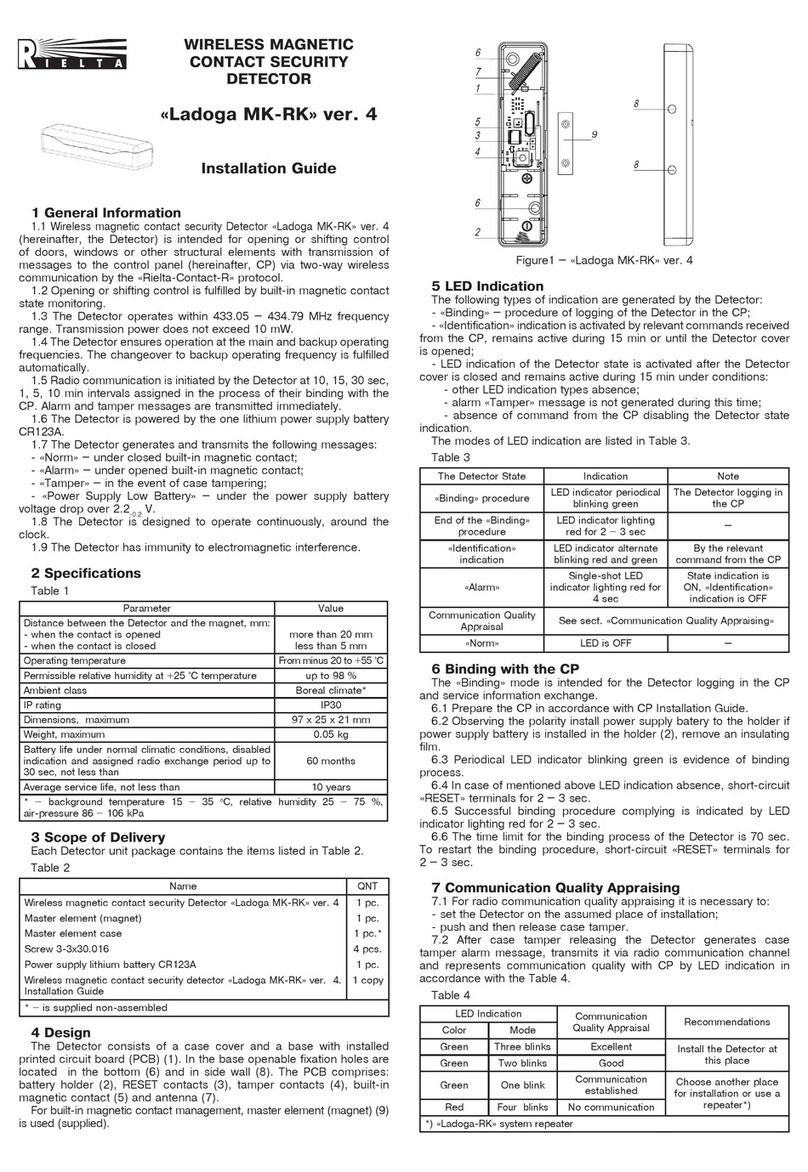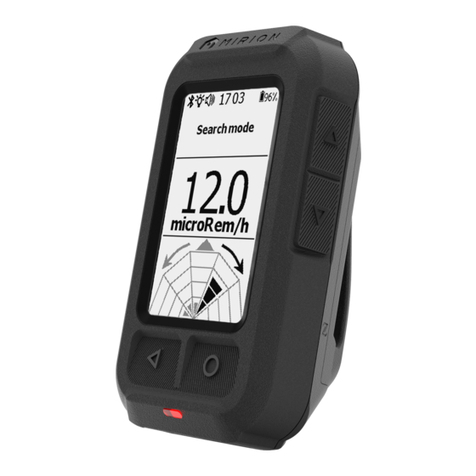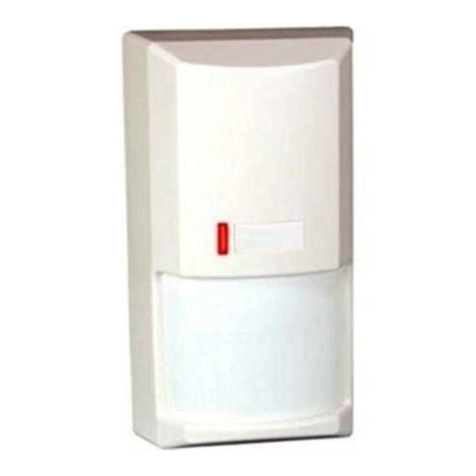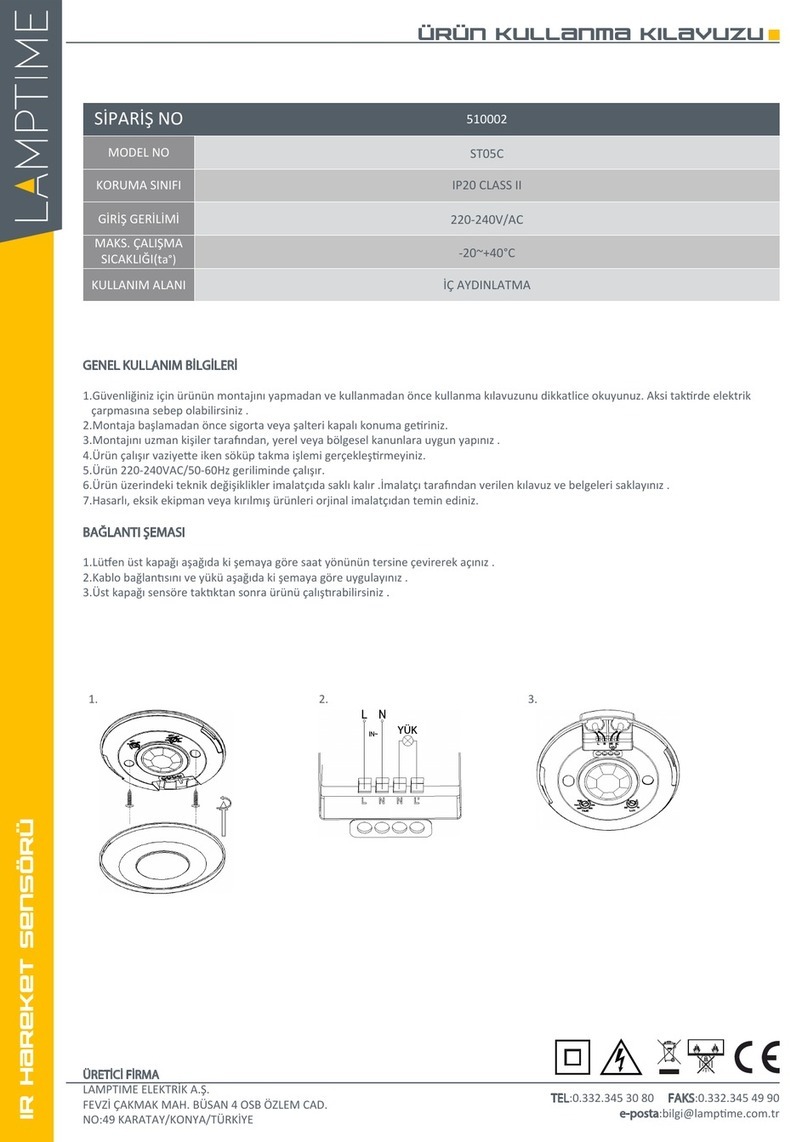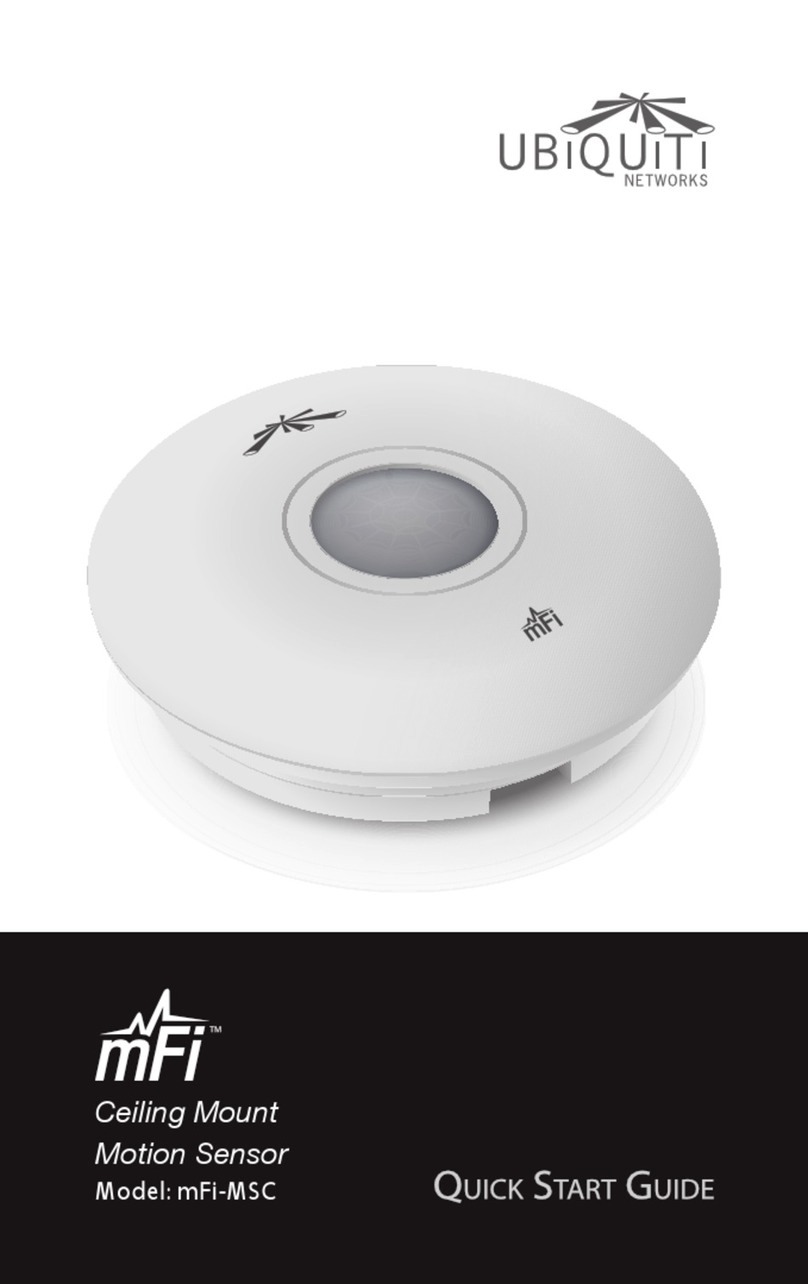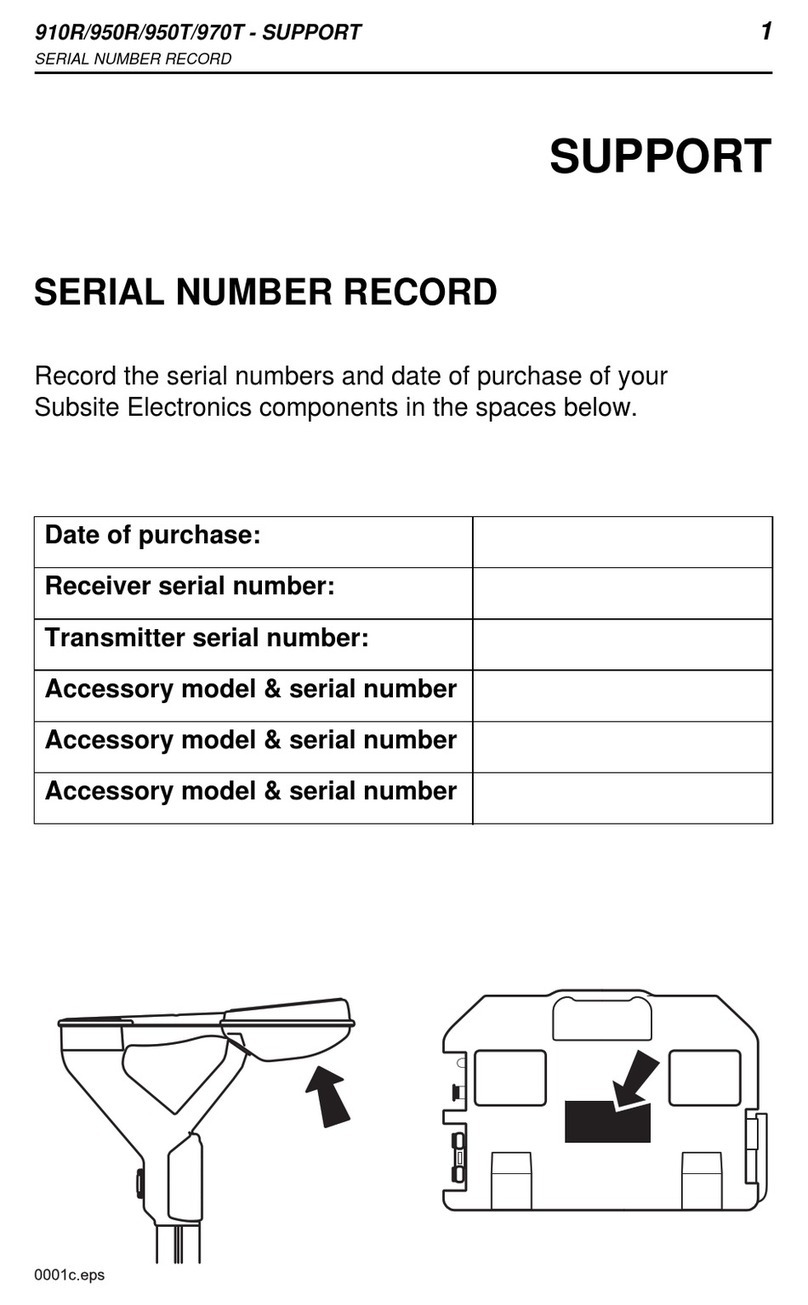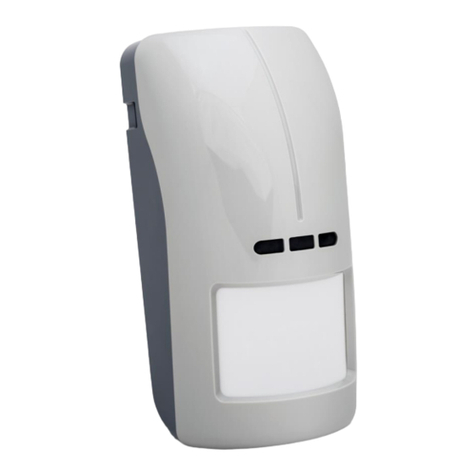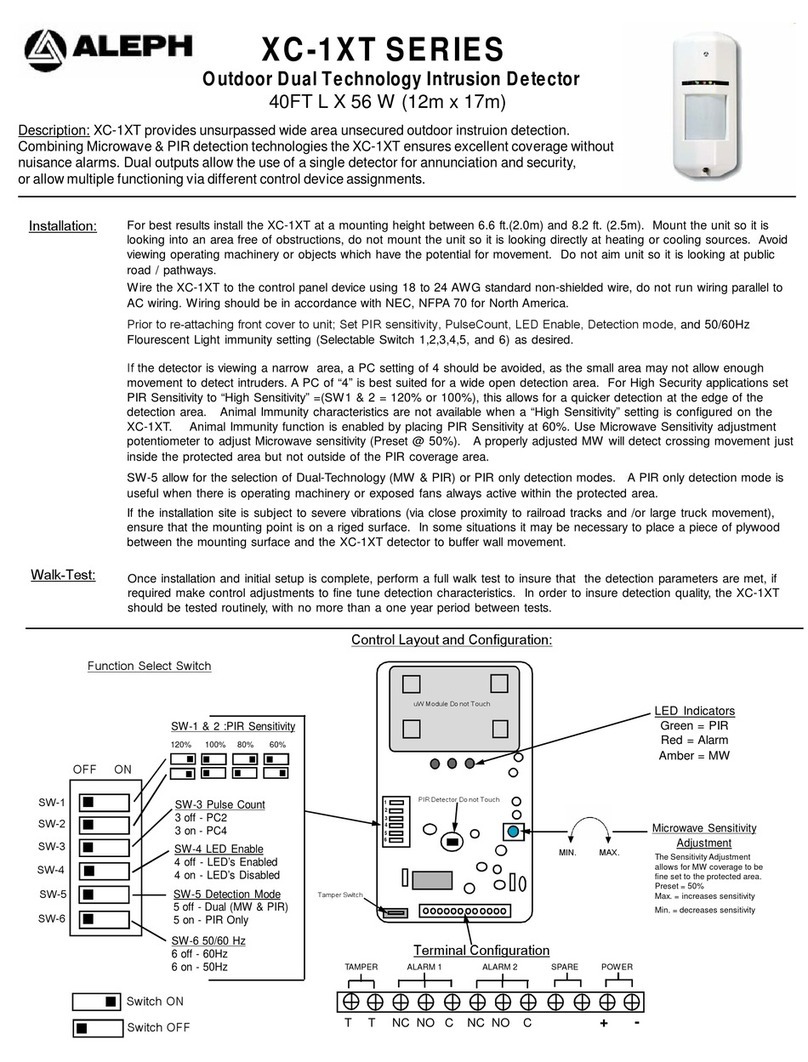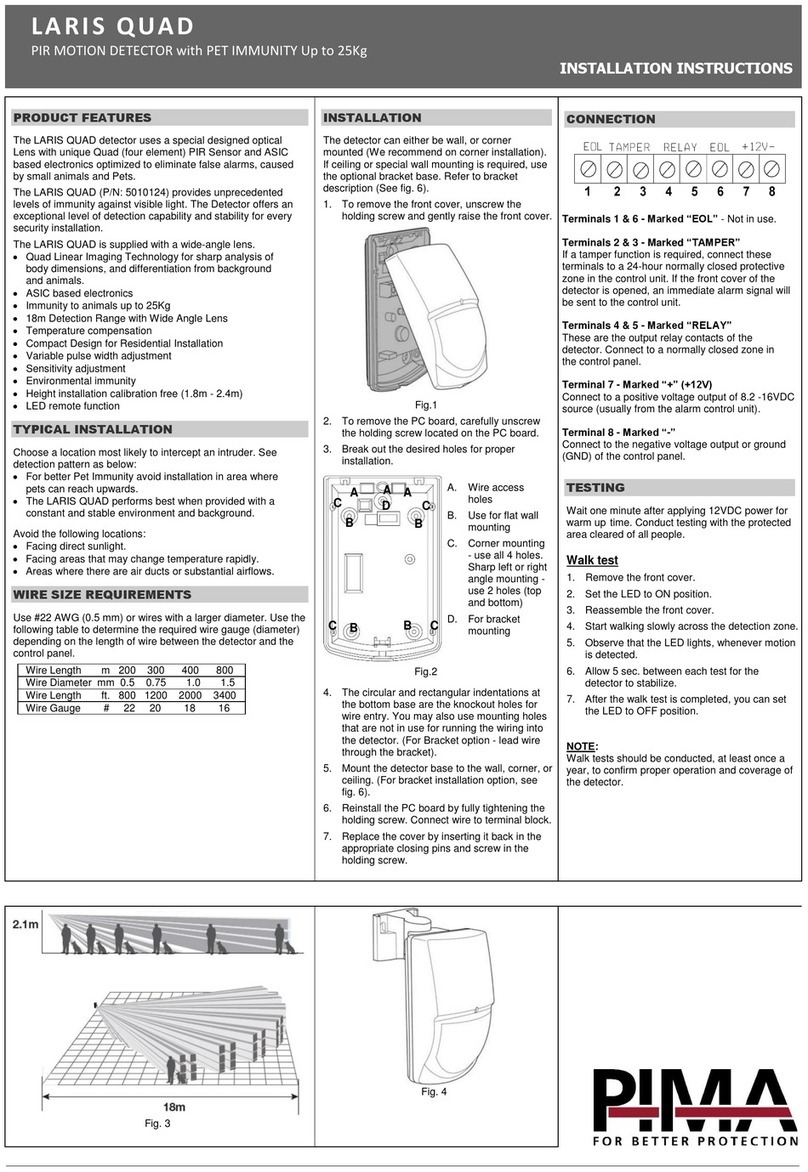
JABLOTRON ALARMS a.s.
Pod Skalkou 4567/33 46601 Jablonec n. Nisou
Czech Republic www.jablotron.com
||
|
The JA-180S wireless fire detector MHS53800
1
The JA-180S wireless fire detector
This device is designed to detect the presence of fire inside residential or
commercial buildings. It should not be installed in industrial premises. The
battery-powered detector has a built-in local warning siren combined with a
red LED indicator. Alarm information can also be transferred via a wireless
connection to Jablotron systems.
The JA-180S detector combines an optical smoke sensor with a heat
sensor. Both sensors have their outgoing signals processed digitally, resulting
in higher false alarm immunity. The optical sensor works using a light diffusion
principle and is very sensitive to the presence of large-sized particles which
are characteristic of dense smokes. By contrast, the sensor is less sensitive to
small-sized particles which are typical of cleanly burning fires. In particular, the
smoke sensor is not capable of detecting the by-products of cleanly-burning
fluids such as alcohols, for instance.This deficiency is compensated for bythe
built-in heat sensor. This sensor provides a slower reaction when compared to
the smoke sensor, but is much better at reacting to fires with rapidly rising heat
producing onlya little smoke.
Smoke / heat sensor participation is configurable by jumper-settings.
Detection range, detector positioning
The smoke detector must be installed so that any smoke easily drifts
into the detector, such as on the ceiling. It is suitable for residential
buildings, but not suitable for free spaces or an outdoor environment.
However, the detector is not suitable for installation in outdoor spaces or
interiors with an extremely high ceiling (more than 5 m) where fire by-products
would not reach the detector position. The detector must always be placed
in the section leading to the exit of the apartment (escape route), see
Figure 1. If the apartment has a floor area greater than 150 m2, an
additional detector is required in the apartment, see Fig.2. An
apartment block must be equipped with a detector in each apartment.
In family houses and residential flats or maisonettes a detector must
also be placed at the highest point of common hallways or spaces
(escape routes), see Fig.3.
KITCHEN
MINIMUM SECURITY
FOR MORE SECURITY
LIVING ROOM
BEDROOM
BEDROOMS
Fig. 1
BEDROOMS
BEDROOM
BEDROOM
LIVING ROOM
KITCHEN
MINIMUM SECURITY
FOR MORE SECURITY
Fig. 2
It is recommended to place
additional detectors in rooms
where people sleep or in rooms
with an increased risk of fire, see
Fig.2.
Positioning on level ceilings
Place the detector in the center
of the room, as level as possible.
Detectors must not be recessed
into the ceiling (worse conditions
for the spread of smoke). Never
place the detector in a room
corner (ensure a distance of at
least 0.5 meters from the corner),
see Fig 4.
BED
ROOM
KITCHEN
MINIMUM SECURITY
BED
ROOM
BED
ROOM
Fig. 3
Installation on sloping ceilings
If the ceiling is not suitable for mounting on a level surface (e.g. a
room under a roof ridge), the detector can be installed as in Figure 5.
0.5m
CEILING
BEST LOCATION
(CENTRE OF CEILING)
ACCEPTABLE
LOCATION
Fig. 4
90cm
Fig. 5
Walls, partitions, barriers and lattice ceilings
The JA-180S must not be installed closer than 0.5 m from any wall or
partition. A narrow room with a width of less than 1.2m requires the
detector(s) to be placed at a distance of at least one third of the room’s width
away. In the case of separating walls (partitions, warehouse objects) which do
not reach the ceiling, the space is considered to be fully separated if the
gap between the top of the separating wall and the ceiling does not
exceed 0.3 m. A free space of at least 0.5m is required under the detector.
Irregularities in ceiling shape which do not exceed 5% of ceiling height are
considered insignificant – the ceilingcan be regarded as being even and limits
from the table are applicable. However, any irregularity (including beams)
exceeding 5% of the ceiling height is considered to be a wall with the
consequences stated above.
Ventilation and air circulation
The detectors must not be installed directly by a fresh air inlet, e.g.
air conditioning vents. In the case of air being supplied through a perforated
ceiling, each detector must be placed so that no perforation hole occurs
within 0.6m of the detector.
Avoid installing the detector in the following locations:
Places with poor air circulation (niches, corners, apexes of A-shaped
roofs).
Places exposed to dust, cigarette smoke or steam.
Places with over-intense air circulation (close to ventilators, heat
sources or air conditioning outlets).
Kitchens and other cooking places (because steam, smoke or
oily fumes can reduce detector sensitivity).
Beside lights (electrical interference can cause a false alarm)
Areas with lots of small insects
Caution: Most false alarms are due to detector
misallocation
See CEN/TS 54-14 standards for detailed installation guidelines.
Installation
1. Open the detector by turning the rear cover to the left and remove the
battery
2. Screw the rear cover onto the desired location
3. Set the required function using the jumpers – see the table below
4. Please read the receiving device (control panel) installation manual before you
connect the battery (remove the insulation tape) and set the control panel to
enrollment mode
5. When the battery is connected, the detector sends a signal to connectto the
system
6. After installing the detector, allow approx. 20 seconds for
stabilisation. This period is indicated by the LED being continuously
lit and is followed by an auto-test. Successful performance of the
auto-test is confirmed acoustically.
o
p
e
n
c
l
o
s
e
LITHIUM
3,6V AA
TEST
1
ON INSTANT alarm mode 3 OFF
1OFF FIRE alarm mode 4 OFF Smoke (EN 14064)
or heat (EN 54-5)
ON Memory ON 3 ON
2OFF Memory OFF 4 OFF Only smoke (EN 14604)
(heat indifferent)
3 OFF
4 ON
Only heat (EN 54-5)
(smoke indifferent)
3 ON
1
1234
ON
OFF
4 ON
Smoke and heat
(both simultaneously)
Testing the detector is automatically performed up to 10 secs
after battery insertion. New settings are saved directly afterwards.
J1: The FIRE / INST alarm mode jumper sets the reaction of the
system. FIRE = alarm is triggered even if the system is disarmed while
INST = alarm is triggered only in an armed system. The FIRE / INST
jumper only has an effect if the detector has a natural reaction
assigned to its address in the Jablotron control panel. It also has no
effect when used with a JA-182N or JA-180N receiver.
